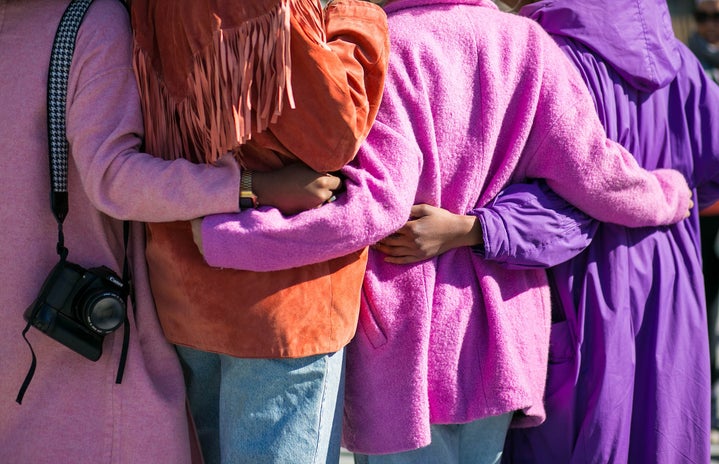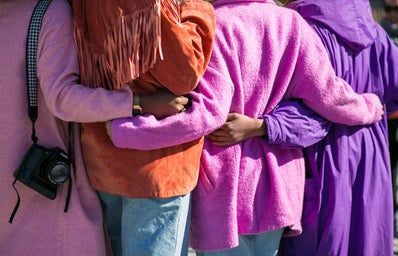Fashion has always been used as a reflection of social values, but it is women, in particular, who have managed to take control of their fashion and use it as a social and political stance to empower themselves. These are the defining decades of the 1900s that transformed women’s fashion and liberated them, whilst the world grew increasingly fluid.
1920s
Often referred to as the ‘roaring twenties’, this decade was filled with prosperity and along with it came a significant turn for women’s liberation. The ‘flapper’ dress is the fashion symbol of the 1920s and for the first time, it had become socially acceptable for women to show off their legs in public. The rise in glamorous fashion also stemmed from women finally having the opportunity to experience nightlife for the first time. The tense climate caused by the Prohibition simply meant there was a rise of illegal speakeasies and as it was already illegal to even be there, it became much more difficult to kick a woman out and cause a scene. Daytime fashion also changed for women, with much looser and comfier silhouettes as opposed to the tight corsets that restricted women from doing many activities.
1940s/1950s
Rationing on fabric during the war meant that glamour had to be transformed into simplicity in the 1940s. Patterns were far less detailed, dresses contained a military essence to them and hemlines and sleeve-lengths were shortened. The 1940s was also the decade when women entered the workforce and, of course, they still managed to do it in style. Women suddenly had the opportunity to work in manual labour roles and with this, came the necessity to wear more practical clothing. Trousers for women were also becoming a popular fashion choice. Unfortunately, by the 1950s, many women had been pushed back into domestic roles. However, women’s clothing still reflected a shift in attitudes and we saw a rise in hourglass silhouettes, exaggerating women’s natural curves. Marilyn Monroe was the icon of this era and she became a symbol for women proudly owning their femininity and being comfortable showing off their skin.
1980s
The 80s saw the rise of baggy jeans, typically referred to as ‘mom’ jeans. Casual and comfy was in at that time, allowing women to adopt more masculine silhouettes. This aptly reflected the quickly changing world and empowered women in a new way. Despite the casual style being most popular, in the working world, women continued to empower themselves through donning the business attire look with colourful shoulder-padded blazers and pencil skirts.
2000s
In the 2000s, a vast array of styles were available to women – there was not a set of fashion rules they had to conform to. Low rise jeans and crop tops inspired women to show off their body and express themselves. As interest in celebrities’ lives skyrocketed within society, TV, film and pop stars became the new trendsetters and this inevitably demonstrated the power and influence few women can assert over fashion and society.
Today
Fashion very much remains a manifestation of attitudes for it still acts as a platform in which women can express themselves and their opinions. Cara Delevingne’s ‘peg the patriarchy’ outfit at the 2021 Met Gala caused a divide amongst social media but instances like this perfectly represent the sheer power that fashion can bestow upon a woman. In the less conservative parts of the world, women now have more freedom to wear a variety of silhouettes, fabrics, colours, not wear a bra or even show their nipples. Despite this, the fight for women to be able to wear whatever they want and as they please is an ongoing one and hopefully someday, every woman will possess this freedom.
Written by: Chloe Hill
Edited by: Harsheni Maniarasan


